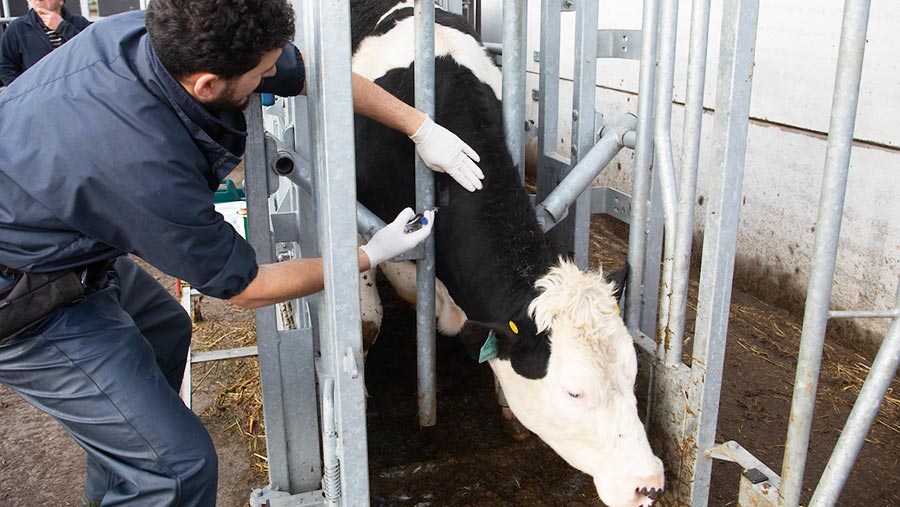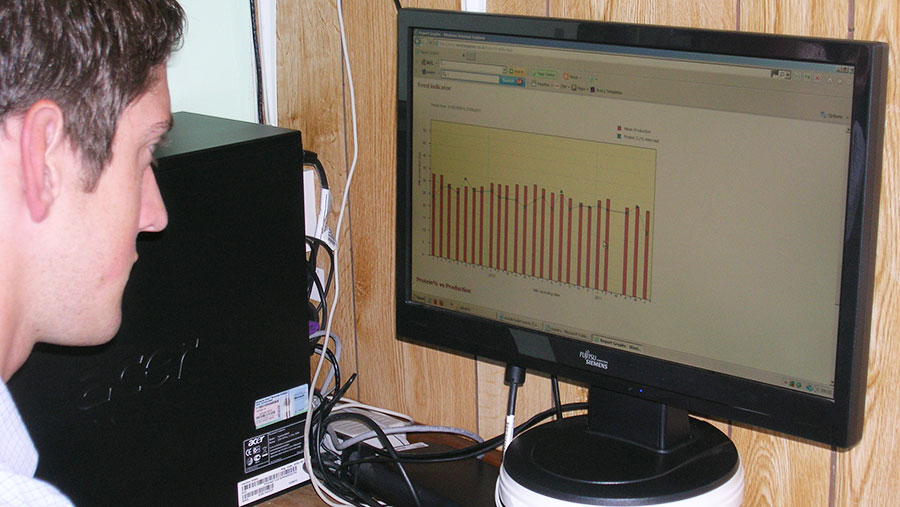Coronavirus: Advice for vets and farmers
 © Tim Scrivener
© Tim Scrivener Vets and farmers have been included on the list of key workers, published by the government amid the coronavirus pandemic.
This means farm animals are still able to receive care and farmers can obtain veterinary medicines.
However, both the British Cattle Veterinary Association and The Royal College of Veterinary Surgeons are urging vigilance to reduce the spread of the Covid-19 virus and have put in place the following guidance:
- Veterinary practices should be working ‘on a similar standard to out of hours’ with farm visits to be assessed using a risk-based approach.
- This means animals should only be seen in emergencies or where, in the judgement of the veterinary surgeon, urgent assessment and/or treatment is needed in order to reduce the risk of patient deterioration to the point where it may become an emergency.
- When on farm, farmers and vets should keep a minimum distance of 2m apart (the size of a cow).
- Personal protective equipment such as coveralls and gloves should be worn at all times.
This means farmers are going to have to use inventive approaches in non-emergency situations.
See also: Coronavirus: Marts suspend breeding stock sales
Veterinary director Tom Greenham, of Advance Milking, believes farmers can make good use of data and smart tools and adopt a collaborative approach with vets and advisers to help maintain animal health, welfare and productivity, without any extra risk to human health.
Below, he gives some advice on how this can be achieved.
Consider if the procedure is a priority
In such times, it is both inevitable and correct that certain compromises must be considered, with management of emergencies taking priority over less urgent situations.
We have seen this in the UK health service, with non-urgent operations being cancelled for three months. For animal health, similar compromises are being made to reduce contact between livestock farmers and their veterinary teams.
Think: Is the visit necessary to preserve animal welfare or food security? Are there alternatives to outside advisers travelling to the farm?
Can your vet diagnose the problem remotely?
A remote assessment of the problem, while not as effective as a conventional visit, can help identify risk factors and help pinpoint solutions.
Observations can be discussed via phone or video call (FaceTime or Zoom), allowing the whole farm team to be involved in creating a plan of action without any face-to-face meetings.
Photos could be sent to your vet for further exploration or you could carry out a virtual, live farm tour if you have sufficient connection speed.
Having highlighted the likely cause, a practical plan of action can then be put in place.
Review data
Modern agriculture generates a large amount of data that is often underused and most farm staff have all the technology they need to collect useful information in the form of a smartphone.
Review what health and performance data is already being collected, for example cell counts and mastitis, and think how best it can be used to give an early warning of problems.
Milk recording may be difficult when retaining a 2m gap. However, the information is valuable, so in this case consider doing your own monthly sampling.

© Advance Milking
Adopt alternative methods of doing essential ‘non-emergency’ management
Fertility and breeding programmes may be disrupted, with far-reaching, negative consequences for production health and welfare.
It may be worth discussing blanket synchronisation programmes with your vet to ensure animal breeding continues.
Pregnancy diagnosis by milk test is available either at your monthly milk recording or as a separate sample when needed.
Phone ahead for medicines
These can be left in a designated place to avoid footfall through receptions and pharmacies.
Make sure your protocols are up-to-date
More than ever, preventing problems is better than reacting to them, so take time to review management plans for key health areas.
If staff have different areas of responsibility, then ensure they summarise the key protocols, so others can cover their work if necessary.
Keep the whole farm team updated via group chat or video call meetings. Management plans don’t have to be on hold due to social distancing.
Key take home messages:
- Use data to highlight where the source of a problem may be, allowing for more efficient investigation.
- Just because your vet or adviser isn’t physically on farm doesn’t mean they aren’t available to chat – keep in contact via text or phone and use photos and videos to help discuss animal health issues.
- Update protocols and keep all staff in the loop in case one goes off sick.
